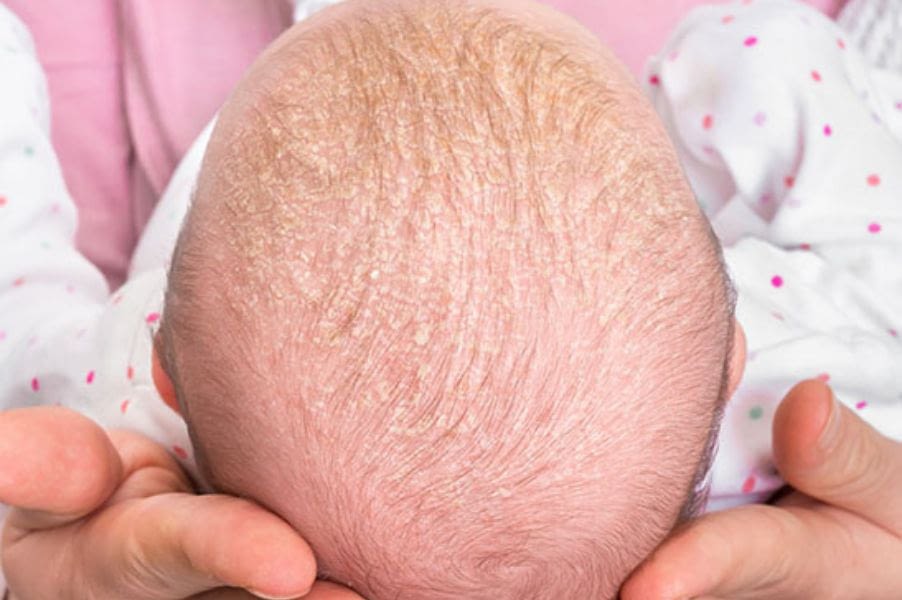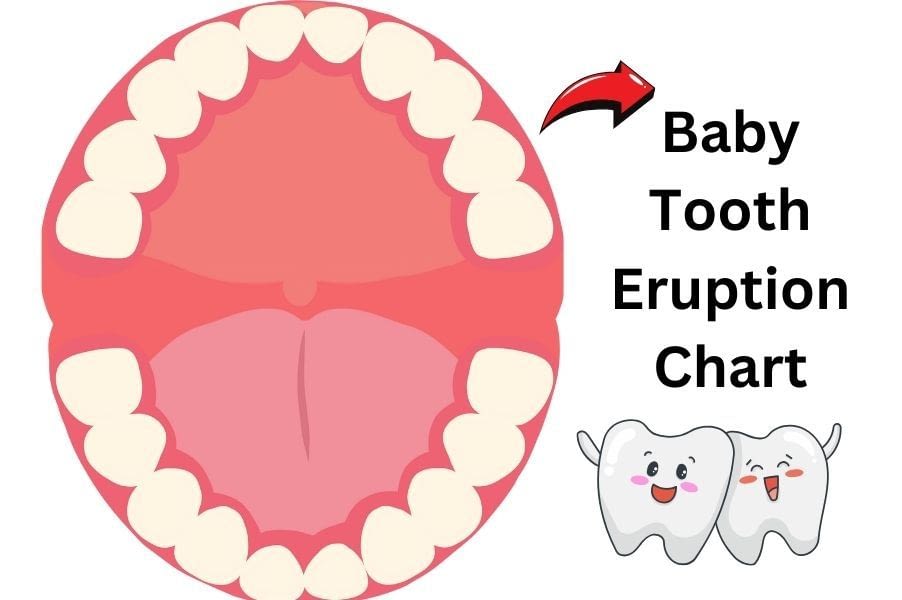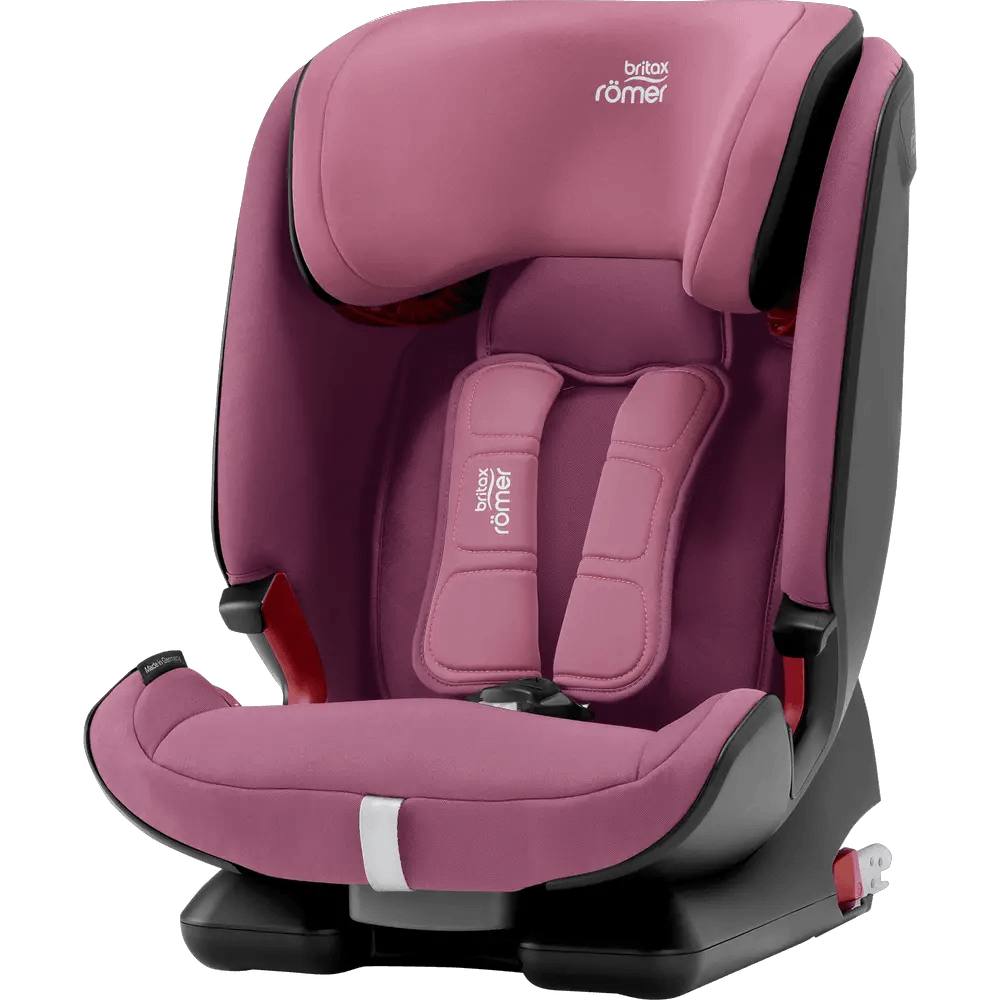This question might be the most irritating when dealing with cradle cap on babies. Seborrheic Dermatitis is a condition that causes the formation of a crusty or oily layer of scaly patches on scalp. This condition is called cradle cap in babies (infants and toddlers) and dandruff in adults.
There is no specific reason why do babies get cradle cap. The symptoms will be the same, but the causes are different.
It is important to know about cradle cap to understand their symptoms and causes better and then look for their treatment. So, let’s have an introduction to seborrheic dermatitis in infants.
Cradle cap
Cradle cap is a condition in which a layer of scaly patches and oily or crusty flakes is formed on a baby’s scalp and other body parts. It mostly affects the baby’s scalp but can cover skin folds, diaper areas, eyebrows, and armpits when it spreads.
The condition is not harmless and recovers within a few months or even weeks. Also, it cannot cause other problems except bad looks.
Children between the ages of 1 and 3 months are mostly affected by this condition. When it affects adults, we call it dandruff. In infants, within 1 month of age, around 10% of babies got affected, and at 3 months of age, around 70% of children got affected by cradle cap, according to Medical News Today.
Cradle cap is not contagious, which means it cannot spread from person to person like other diseases (Covid-19, flu, colds, etc.).
This statement also confuses most parents as to why babies get cradle cap.
Symptoms
Most parents confuse dry skin with cradle cap. Both statements are different. Although cradle cap cause the skin to become dry, it doesn’t mean the condition is “Dry Skin.” You have to look at the symptoms and diagnose the condition.
If you look at the below symptoms in your or someone’s baby, you must understand that the baby is affected by cradle cap.
- Crust or scaly patches on the skin.
- White, brown, or yellow flakes on scalp.
- Redness, itching, or inflammation.
- Oily or crusty flakes on the face, scalp, eyebrows, diaper area, and redness in skin folds.
These are some symptoms of cradle cap that will help you diagnose. However, consult a pediatrician who will diagnose the symptoms if you need clarification on any of these signs. It doesn’t require any test. The doctor will examine the scalp and other body parts to identify the disease for crusty flakes or scaly patches.
The pediatrician will recommend treatment according to the situation. In mild conditions, the treatment will be primarily preventive based; in severe conditions, he will give your child proper treatment.

Why do babies get cradle cap?
Cradle cap is not a severe condition that you should worry about, but it is common for parents to think about its cause. Knowing the cause of any disease makes it easy to deal with the situation. However, it is not practically applicable in the case of seborrheic dermatitis.
There is no exact cause of this situation. Various factors and conditions could cause seborrheic dermatitis.
Yeast
One reason is a yeast found in every human body called Malassezia. This fungus is responsible for healthy skin, but in some cases, it attacks the immune system and causes various skin disorders, including seborrheic dermatitis and Psoriasis.
It consumes saturated fatty acids and leaves unsaturated fatty acids behind after breaking an oil called Sebum. It causes the formation of thick, crusty flakes on the skin.
Hormonal Transfer
Some hormones remain in the baby after delivery. The hormonal transfer from mother to baby causes the enlarging of the sebaceous glands, which are responsible for the production of an oil called Sebum. This oil is responsible for maintaining healthy skin.
The enlarged glands produce excessive oil, which causes crusty flakes on the skin. The hormones from the mom remain in the baby’s body for a few months. So, hormonal transfer can only cause cradle cap on babies (infants), not in toddlers.
Overproduction of Sebum
Sebum is a natural oil produced by sebaceous glands. It is on everyone’s skin. Sebum is responsible for lubricating the skin by providing moisture. It also makes skin look fresh and avoids dryness.
Sometimes, sebaceous glands start overproducing sebum, resulting in a crusty layer of yellow flakes on the scalp and other body parts. Sebum is the main cause of cradle cap, but various factors can cause excessive sebum production.
Dust and environmental factors
It is the least common but possible cause of seborrheic dermatitis in infants. Doctors suggest not giving infants too many baths because your baby is mostly at home, and you take care of his/her health. This is because too many baths can cause dry skin.
Now, too much bath is not the cause of cradle cap, but if you don’t clean your baby or apply oil to his scalp, the scalp can attract dust particles, which cause the formation of flakes and dry skin.
So, give your baby enough baths, but don’t overdo it. These are the most common reasons that cause seborrheic dermatitis in infants and toddlers. It is now easy to tell the exact reason for this condition.
How to stop Cradle cap?
You can use various treatment methods to deal with seborrheic dermatitis in your child. First, ensure you give your baby enough baths and keep them clean.
Instead of baby shampoo during the bath, use a cradle cap shampoo to loosen flakes alongside a brush with soft bristles to remove flakes. After every bath, dry pat the skin.
Don’t pick or try to remove flakes with your fingers. Always use a brush gently on the skin. It’s better not to use natural oils because they can cause allergies in some children.
It’s good to know about preventive measures to stop cradle cap from spreading. These treatments are for general use if the condition is mild. If treatments are not working or the situation starts worsening, you should visit a good pediatrician who can consult you according to your baby’s condition.
1 Visit today





